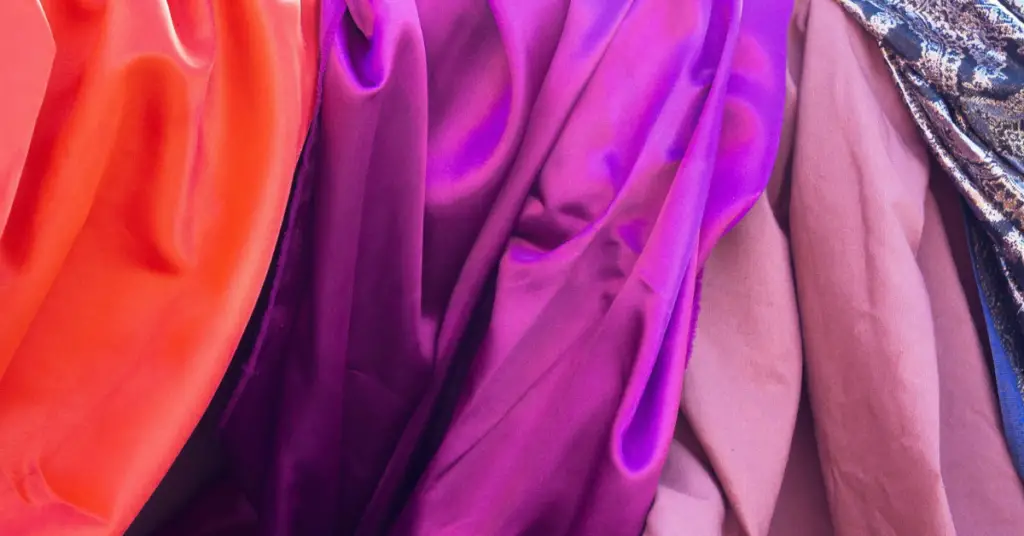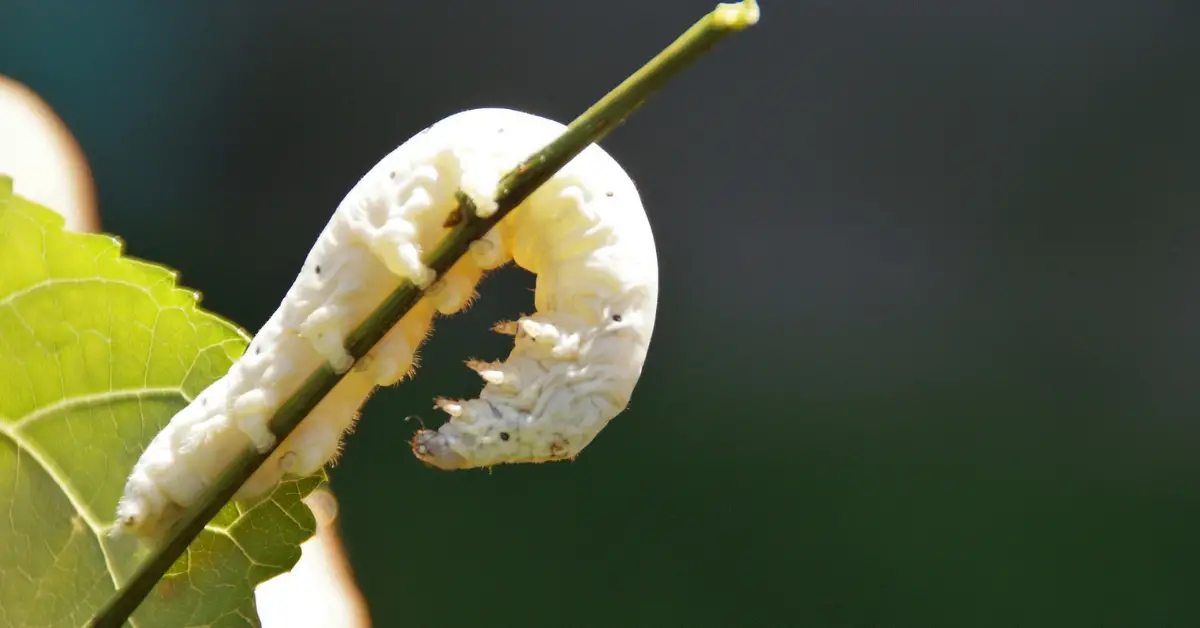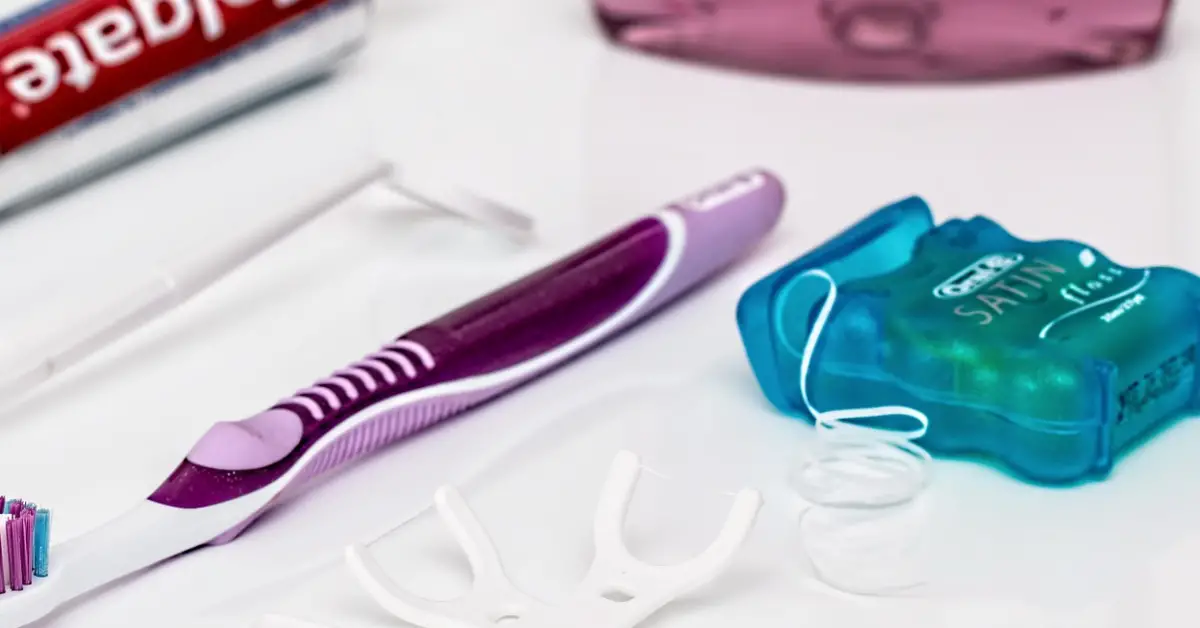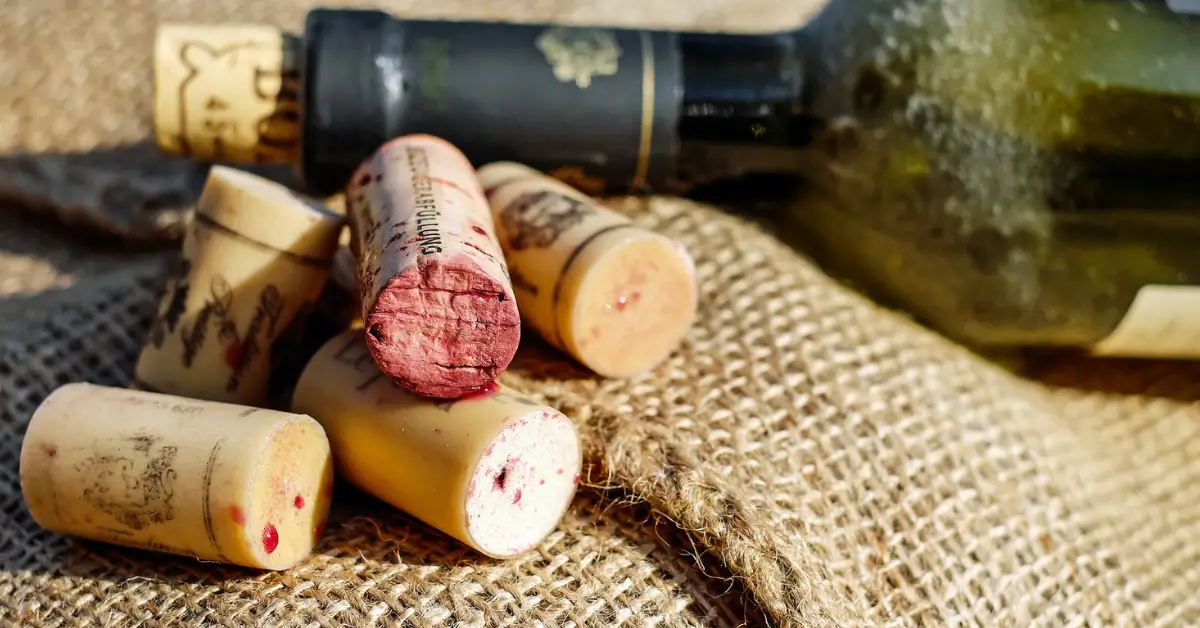Most well-known for its use in luxurious clothing, silk is used in a variety of products from home décor to medical supplies. The environmental impact of our fashion choices is increasingly under scrutiny. Consumers are becoming more and more aware of how their choices affect the planet. When it comes to the more luxurious apparel choices – is silk eco-friendly? Unfortunately, the answer is not a simple ‘yes’ or ‘no’. It largely depends on the producer. Lets have a closer look.
A bit background – how is silk produced?
Silk is made from natural fibers. The mulberry silkworm – Bombyx mori – spins itself a cocoon to live inside when transforming into its adult form. This cocoon is what the silk manufacturers are looking for – minus the silkworm, of course. And ideally, it needs to be intact. To allow the cocoon to unwind, they apply steam or even boiling water. This kills the little silkworm inside but the silk fiber remains as one continuous piece. Silk is not regarded the most ethical of fabrics (to say the least) out there – leading to it being banned by the online retailer ASOS.
So, is silk eco-friendly? Let’s start with the negative impacts…
Water and energy needed in silk production
Producing silk is a thirsty business. A lot of water is required in the processing of the silk – it is estimated that around 375 liters of water is needed in the production of a single silk shirt.
The processing of silk also needs a lot of energy. Boiling the cocoons uses a significant amount of energy, but energy is used throughout the whole process. From maintaining a suitable temperature for the silkworms to grow to the dying process – it all requires energy. This depends on the producer too. Some will be more energy efficient than others whilst others may opt for renewable energy sources.
Negative impacts associated with mulberry tree cultivation
The level of resources that a mulberry tree needs to thrive depends largely on location. Mulberry trees need a minimum of one inch of water each week. In some areas, rainfall will be sufficient for the tree. In dry areas an irrigation system may need to be installed.
Although not an absolute essential, fertilizers are generally used in the cultivation of mulberry trees. Fertilizers act as food for plants – they give them additional nutrients to help them grow. Although these benefit the growth, they can also cause pollutions in nearby waterways. Even the more natural, manure-based fertilizers come with their problems. The increased nutrients in the water can lead to the multiplication of micro-organisms. This, in turn, leads to a decreased amount of oxygen in the water and ultimately causes aquatic species to suffocate.
Toxic chemicals used in silk production

Although this varies from producer to producer, toxic chemicals tend to be used extensively in silk production. One of the main roles of chemicals in sericulture – the rearing of silkworms to produce silk – is as a disinfectant. This provides a hygienic environment for the silkworms to be reared. Example include formalin (an aqueous form of formaldehyde) and chlorine dioxide.
Unlike some other fabrics, silk does not need an extensive amount of chemical finishing. However, chemical dyes are used widely – despite silk being well suited for natural dye.
But it’s is not all bad…
There are limited pesticides needed in silk production
The negative aspects of pesticide use in crop cultivation are well-documented – farmers are moving in their droves to organic practices. Luckily, when it comes to cultivation of the mulberry tree, pesticide use is not too much of an issue. Chemical pesticides such as dyathin-M-45 are used to protect the mulberry tree at the sapling stage, however beyond that the tree can thrive with little need for pesticides. When compared to other natural fabrics such as cotton, the use of chemical pesticides in silk production is minuscule.
Silk is biodegradable and compostable
Natural silk will biodegrade – it will be broken down by micro-organisms. If it were to end up in the landfill pile, although not ideal, it would biodegrade in time. It would not take centuries, unlike some other materials. Silk can also be added to the compost pile as a ‘brown’ ingredient. Silk will contribute to a nutrient-rich compost whilst be a kinder disposal method for the planet too.
As with other natural materials, you should be mindful of added trims and if the silk is blended with any other fabric. These both throw a spanner in the works when it comes to biodegradability.
The bottom line
When it comes to its eco-friendly credentials, silk is a mixed bag. There are high environmental costs when it comes to mulberry tree cultivation and energy usage. However, limited pesticides are needed and after its usable life silk will biodegrade. It should be noted that the eco-friendliness of silk also varies from manufacturer to manufacturer. For example, although high amounts of water can be used in production, some producers have a water treatment and recycling system. This brings down water usage significantly – and saves them money too.








